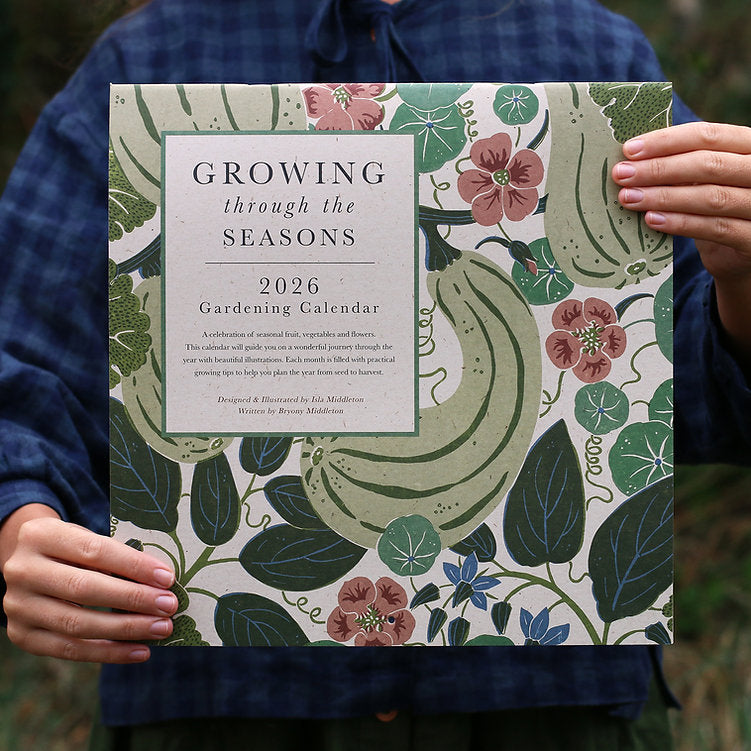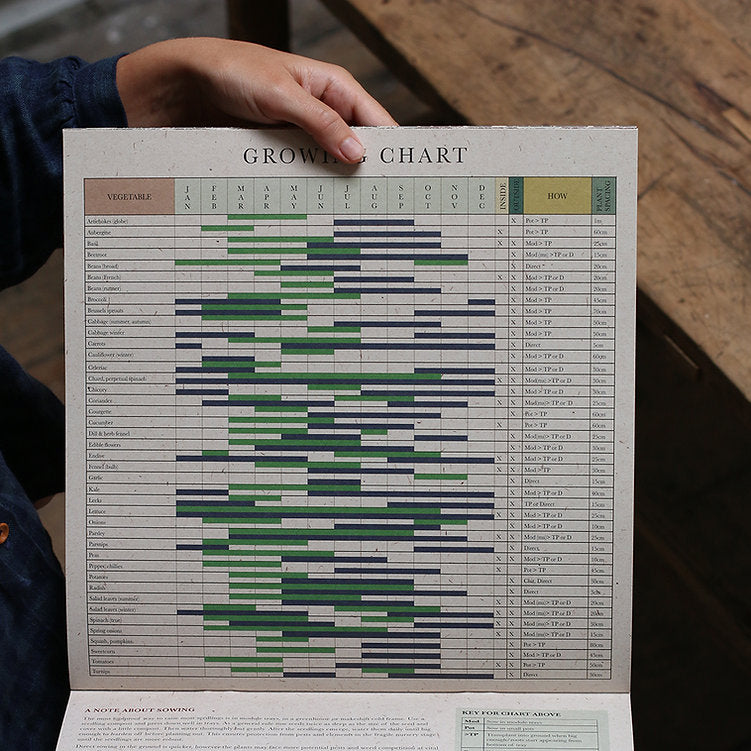
How to create a wildflower meadow
We will explain how to create a wildflower meadow.
The following notes should cover the main points with regard to the establishment and maintenance of the seed to create a wild flower meadow. These notes will be by no means a definitive answer to all problems and if you require any further information do not hesitate to contact us. It will cover Wild Flower meadows, both with grass and without, and the Cornfield annuals. If you follow these points then you should be able to enjoy the your wild flower meadow over the next few years.Establishment
With Wildflower Meadow mixtures it is important to remember that they thrive best when on ‘poor' soil. This is because on ground with reasonable fertility other grasses and weeds may grow too quickly and smother the mixture. In some cases where people have been concerned about high fertility they have removed some of the topsoil first. This is unlikely to be necessary in most cases.
It is very important that the ground is prepared thoroughly. Once established both the grasses and wild flowers will be easy to maintain but they can take some time to get started. In particular you need to get rid of any invasive weeds like couch grass, docks, nettles and elder. It is in some cases worth looking at the ground nearby where you are sowing the seed. For example, if you plant next to a field full of docks they are going to reseed in your meadow.
You can either dig the site over with a fork by hand, removing all the weeds, or use your preferred method of weed removal. Then use a rotavator to turn the soil over (if you have the time it can pay to go though this process twice.) Kill off what is there and wait to see what starts to establish, then kill that off before planting the seed.
Before sowing or planting, the soil should be broken up and be relatively free-draining. It can then be raked over to a firm and fine tilth, as you would for a lawn.
Since you are looking to sow only a small amount of seed per square metre it may help to mix it in with some sand or earth first to increase the volume and help spread it more evenly. You can broadcast the seed by hand or if you are establishing a larger area a hand operated lawn fertilizer spreader could do the job. After sowing the seed should be raked in and then trodden in.
The best times for sowing are March through to May or in the autumn. It is worth noting that the grasses and wildflowers will take some time to get established. You will start to see the real benefit in the second year rather than the first year of establishment.
Maintenance
For large areas of Wildflower Meadows people often keep paths regularly mown through the area so they can get the full benefit of the meadow. In general once established the Wildflower meadows can turn what is often a neglected part of the garden into an attractive area that needs little maintenance.
All our Wildflower range of mixtures are what is known as summer meadows i.e. flowering throughout the summer. It is important that the grass is cut a number of times a year. If it were left completely then eventually the ground would revert to scrubland.
Whilst guidelines are difficult as each year can be very different, we would recommend that once established you cut the meadow regularly in the early months of the year. After this leave it and wait until all the summer flowers are over (normally in the early autumn.) Some species will flower twice and you may need to give it a second cut in the late autumn. It should never be cut too short in the first year (the blades should be set at about 4” if possible.) This level will prevent the broad–leaved plants from being destroyed whilst allowing light and air to them.
You will need to remove the grass cuttings but it is worth leaving them for a few days to wilt, so making it less weight to move. If left on the ground and not removed at all they may well kill some of the broad–leaved plants.

















